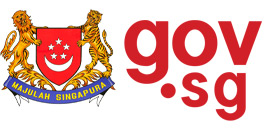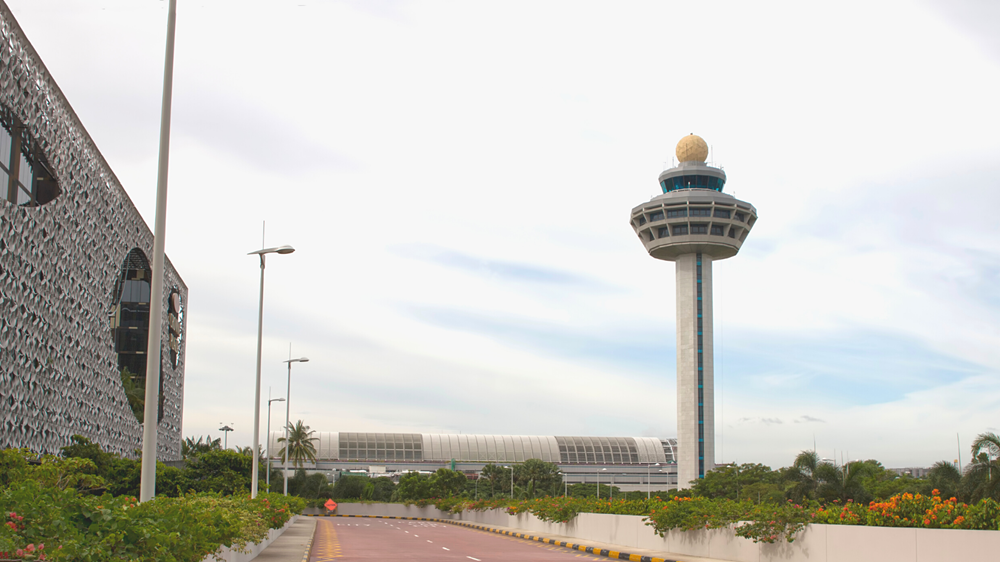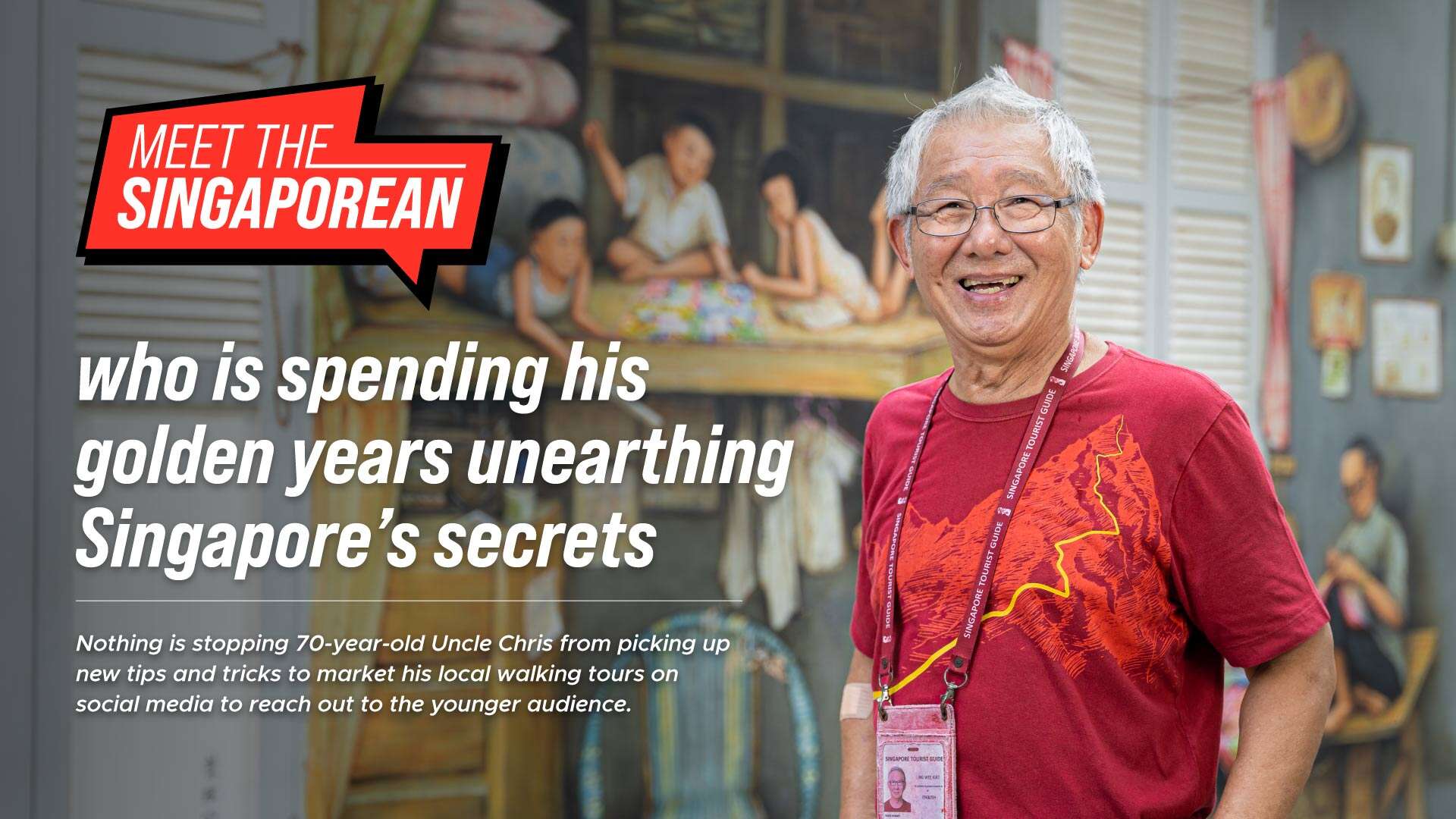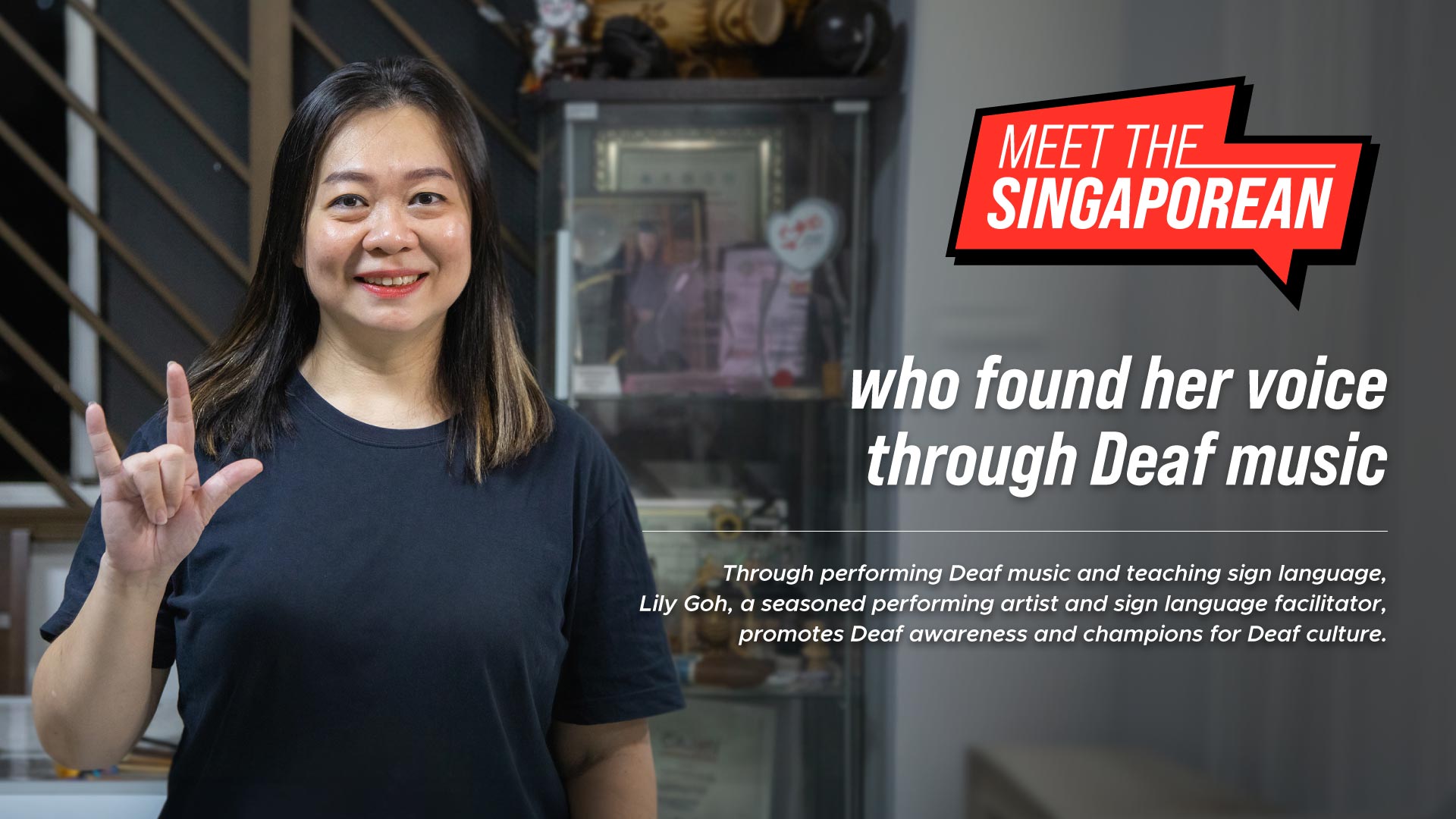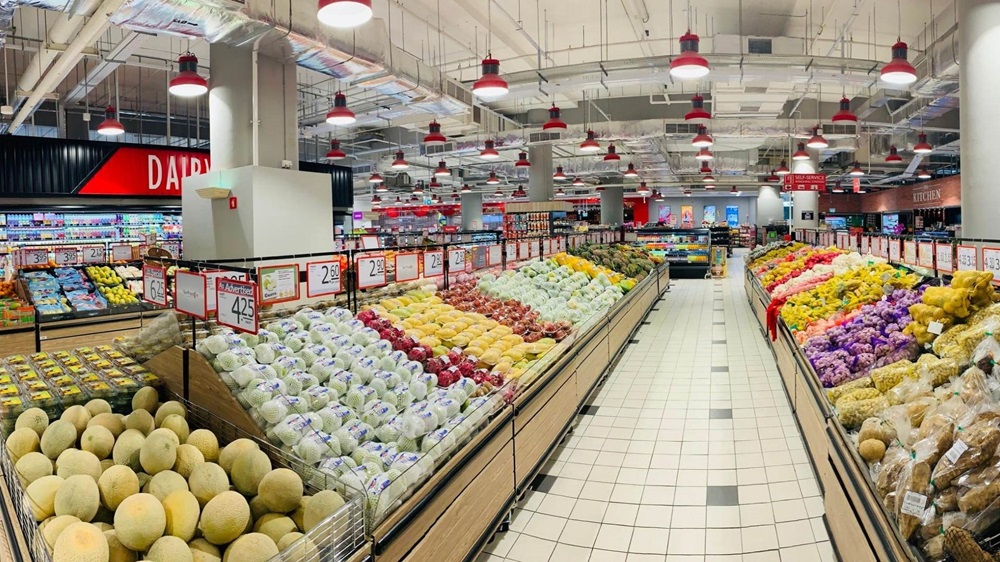
As supermarket shelves emptied out at the start of the COVID-19 pandemic, and as supply chains bringing in food from other parts of the world were disrupted, we wondered: What if our food runs out?
After all, more than 90 percent of Singapore’s food comes from other countries.
The fact is, that is very unlikely.
Behind the scenes, public servants and other agencies work hard to ensure that Singapore is able to get safe, quality food from many different countries. Not just eggs, but also meat, vegetables, rice, and food types we are used to.
This did not just take place during COVID-19, but is the result of years of effort which is paying off now.
In fact, Singapore was ranked number 1 in the world in the Global Food Security Index – which measures if people have access to affordable, quality food - for the second year running in 2019.
Who makes sure Singapore has food?
Many different agencies are involved, in taking care of different aspects of Singapore’s food supply.
Some of these include the Singapore Food Agency (SFA) which oversees food safety and security, the Ministry of Trade and Industry (MTI), Enterprise Singapore (ESG), and the Ministry of Foreign Affairs (MFA) to facilitate agri-trade and tie up importers with potential new suppliers overseas.
During COVID-19, many other agencies were involved in safeguarding Singapore’s food supply, including even Singapore Airlines to fly in food.
What do they do?
They collectively work to make sure that Singapore gets its food from as many countries as possible. Food supply can be affected by not just pandemics. Climate change, global population growth and geopolitical changes could affect supplies from some countries in future.
Today, Singapore buys food from over 170 places around the world.
“By diversifying our import sources, we avoid being overly-reliant on any single source country and spread the risk of food supply disruption across as many sources as possible,” said Mr Goh Wee Hou, Director of SFA’s Food Supply Resilience Division. “This way, if supply from any source country is disrupted, the impact would be minimised.”
How is this done?
SFA works with importers to organise overseas sourcing trips and business matching sessions to explore new sources and business opportunities.
Their officers also go overseas, to scout for new companies and farms which Singapore can buy food items such as meat and eggs from.
Said Mr Goh, “We also work with overseas authorities to accredit as many farms and countries to export to Singapore as possible, as long as they can meet our food safety requirements.”
For instance, people in Singapore consume 1.97 billion chicken eggs every year. Since 2016, SFA has worked to increase the number of approved countries for eggs from seven, to 14 today.
Was Singapore’s food supply really at risk at the start of COVID-19?
No. Because of these efforts, even though there was some panic buying when COVID-19 first struck Singapore, supply of food remained stable.
There were some concerns over flow of food imports when Malaysia first announced its Movement Control Order, which restricts the movement of people and goods across its borders.
When some importers became worried about their food supplies, SFA officers remained on standby to take their calls and assured them that essential items like food would be allowed to enter Singapore.
SFA also worked together with MTI and ESG to monitor the food supply situation, MFA to keep in close touch with regional and international partners, as well as the Customs and the Immigration and Checkpoints Authority to ensure that food supplies move smoothly across the borders to Singapore.
At the start of the pandemic, because some air routes were closed, there was also an increase in freight costs to fly in food from some countries, like chilled pork from Australia.
Said Mr Ong Xuan Feng, Assistant Director of SFA’s Industry Development & Partnership Division, “This was quickly managed as importers were able to switch to alternate sources where necessary. Later on, the Australia authorities committed to keeping supply lines open through weekly flights.”
Can Singapore produce more of the food we consume?
That’s the plan. Even though local farmers produce less than 10 percent of the nation’s nutritional needs at the moment, SFA is aiming to increase this to 30 percent by 2030.
On this “30 by 30” goal, Mr Goh said, “Although import source diversification has served us well, COVID-19 underscores the importance of having a buffer in case of global supply disruptions.”
In fact, because of COVID-19, SFA is accelerating “30 by 30” by putting aside $30 million to give grants to people or businesses in Singapore which can quickly ramp up the production of eggs, leafy vegetables and fish in the next six to 24 months.
We use cookies to tailor your browsing experience. By continuing to use Gov.sg, you accept our use of cookies. To decline cookies at any time, you may adjust your browser settings. Find out more about your cookie preferences here .
